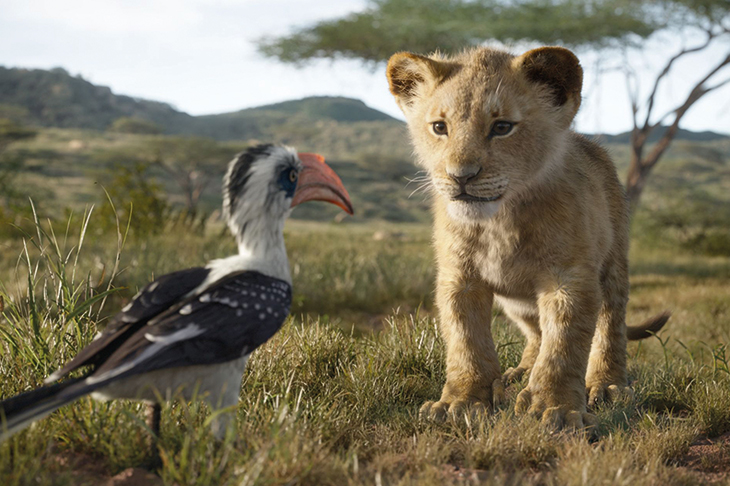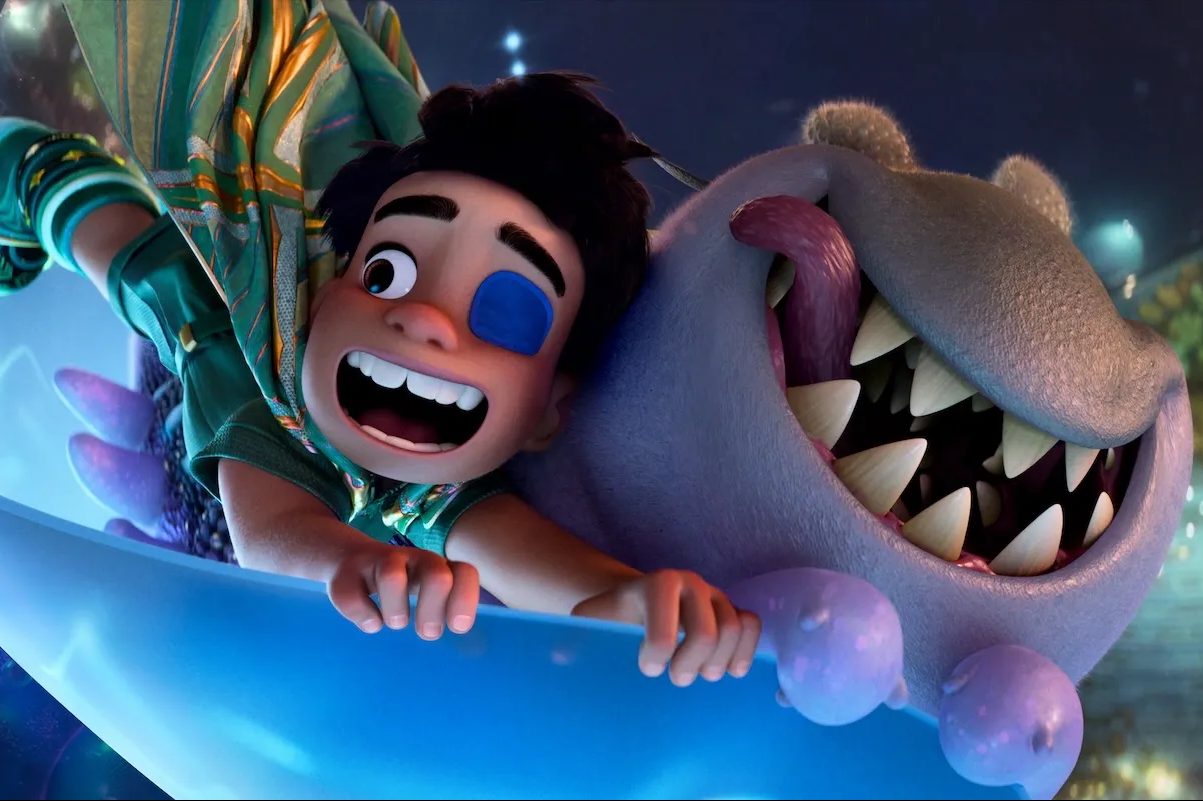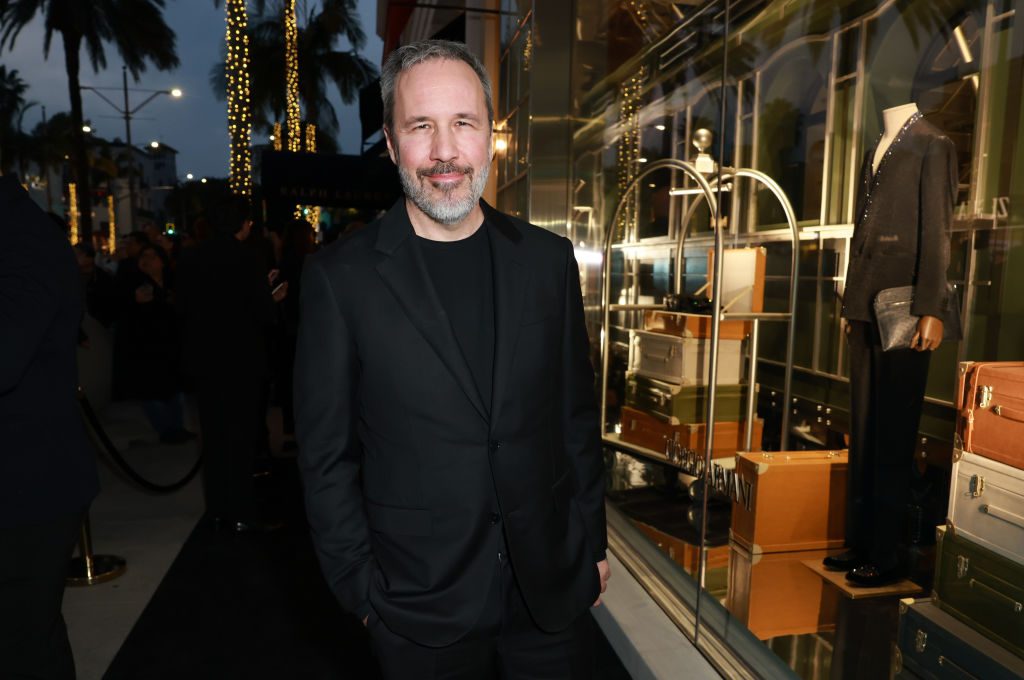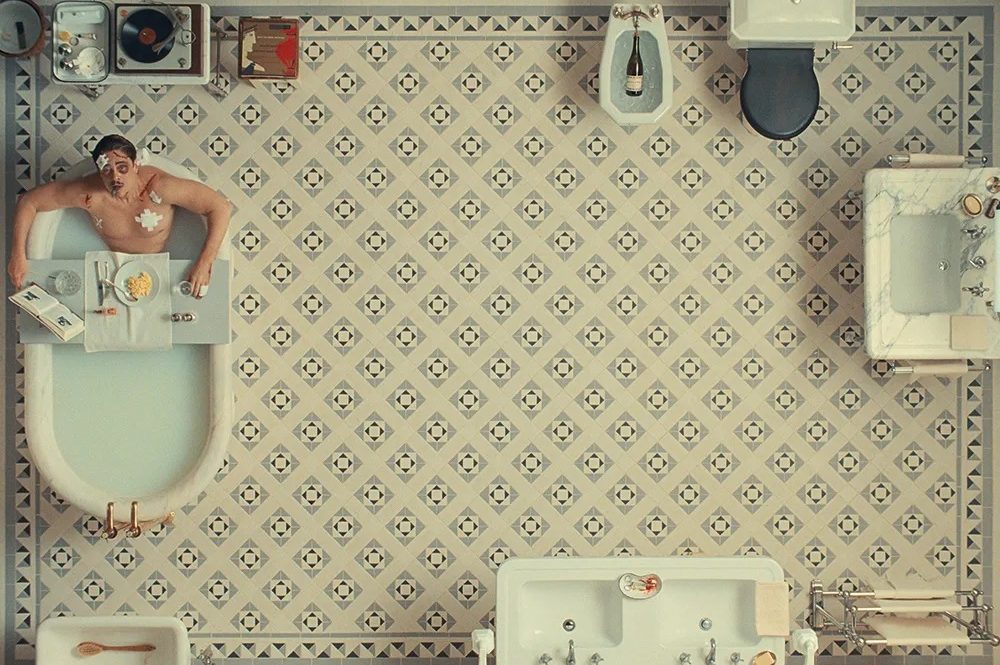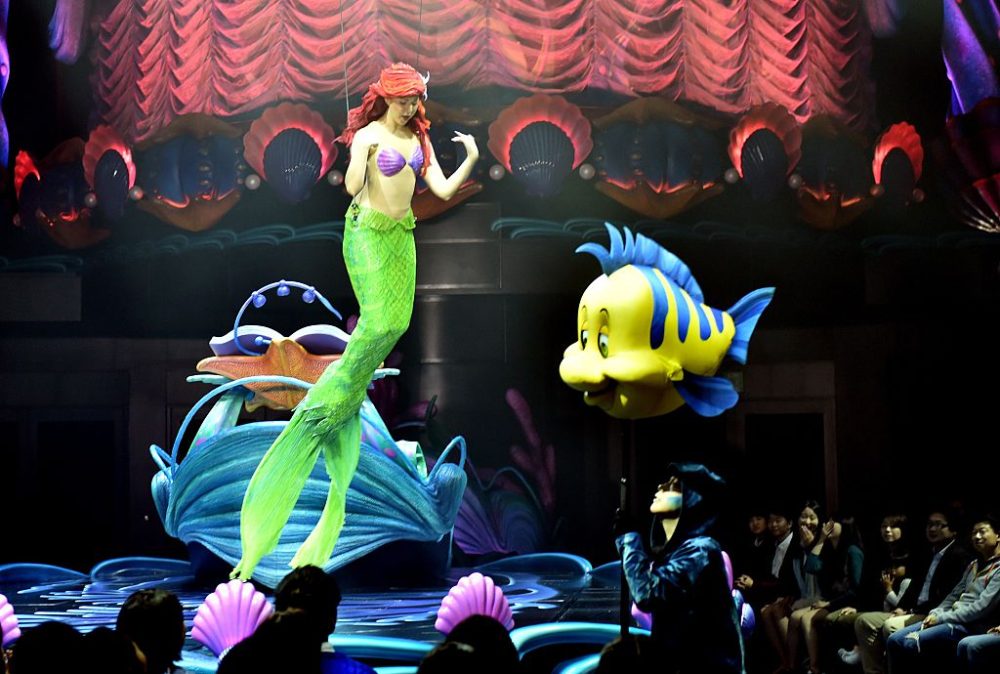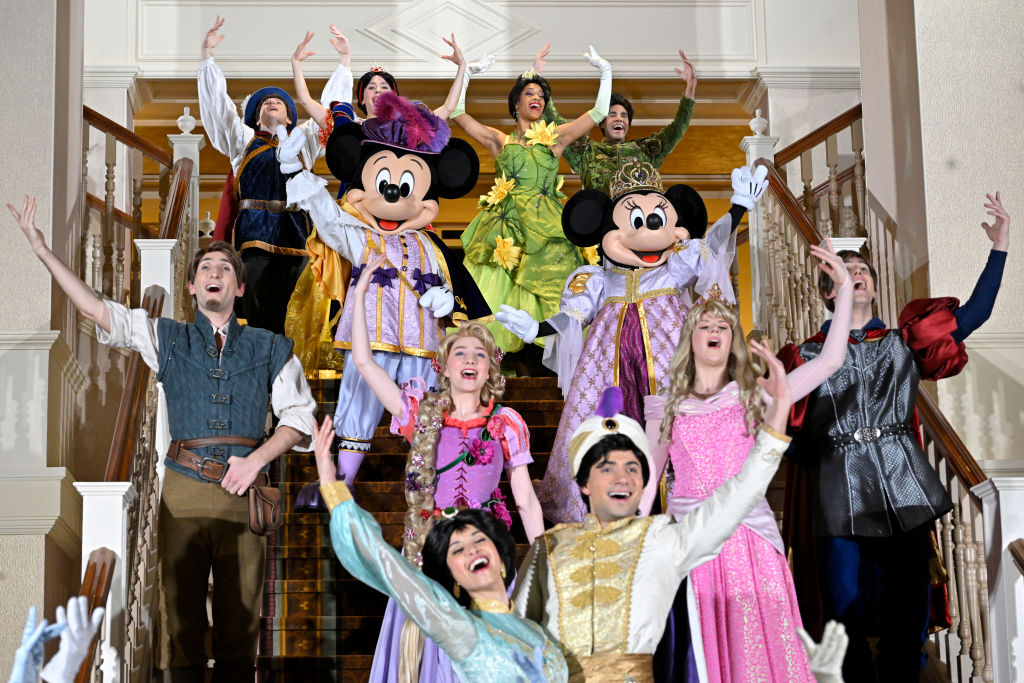The Lion King
is Disney’s photorealistic CGI remake of the beloved, hand-drawn 1994 original that, for many children, offered a first introduction to the idea of patriarchal monarchy. (Relax. I’m not going down that road today. Just not in the mood.) And already it’s been trampled underfoot by many critics. It ‘monetizes nostalgia’. It is ‘unnecessary’. It’s a ‘glorified tech demo’ from ‘a greedy conglomerate’. It is all those things, maybe, but I was mostly entranced anyhow. Also, I don’t understand why the two films can’t happily co-exist. Why have one film about patriarchal monarchy when… no, still not in the mood. Sorry. But I expect I’ll be business as usual next week.
Directed by Jon Favreau, this slavishly follows the original, pretty much. So it opens with the ‘Circle of Life’ and all the animals gathering to rejoice in the birth of Simba, held aloft by Rafiki, the baboon shaman. It is incredible, and you will marvel. It’s breathtakingly detailed. You can see every hair on every beast, every feather on every bird, every whisker on every mouse. I was completely and utterly and entirely blown away. I got goose bumps. As for little Simba, you will want to reach into the screen, pluck him out and take him on to your lap for a cuddle. He’s that real and cute, even if he is a bit of a dick. But then he always was a bit of a dick, frankly. (The original was played over and over in our house when my son was growing up, and as Simba crowed about being king one day I always thought: mate, show some humility and stop being such a dick. And also: can’t we watch The Jungle Book now?)
I’m assuming you’re already familiar with the plot, which some say Disney stole from a Japanese manga series but Disney says was conceived from scratch as a cross between Bambi and Hamlet. (‘Bamlet’, it was called in production.) So we’ll skip that and get down to the nitty-gritty. As the aim of this animation is verisimilitude, the animals can’t properly emote or display facial expressions, and they can feel dubbed, Johnny Morris-style. But at some level I still bought it, and still felt the tears well up when Simba (voiced by J.D. McCrary as a cub and later by Donald Glover) nuzzled the dead body of his father, Mufasa (James Earl Jones). Chiwetel Ejiofor as Scar, the wicked uncle, isn’t a patch on Jeremy Irons, whose camp sarcasm made the original film, in my opinion. Beyoncé, as Nala, is wasted but then Nala is always wasted. (More on that next week.)
The songs by Elton John and Tim Rice are as catchy as ever. The hyena and the wildebeest stampedes are, if anything, darker and more terrifying than in the original. And Seth Rogen is wonderfully funny as the warthog Pumbaa, whose jokes have been updated. ‘I will not be made to feel ashamed of who I am,’ he says, when his chubbiness is remarked upon. However, my favorite line from the original — ‘They call me Mr Pig!’ — has been excised, possibly because referencing In the Heat of the Night has gone out of fashion, although I couldn’t say why.
But this new version is, essentially, all about the stunning high-visual style, and may even be an improvement, given that the dialogue, let’s face it, never went much beyond generic Disneyspeak. Perhaps one day they’ll even come back for a third go with The Lioness Queen… no. Still not in the mood. Sorry.
This article was originally published in The Spectator magazine.



